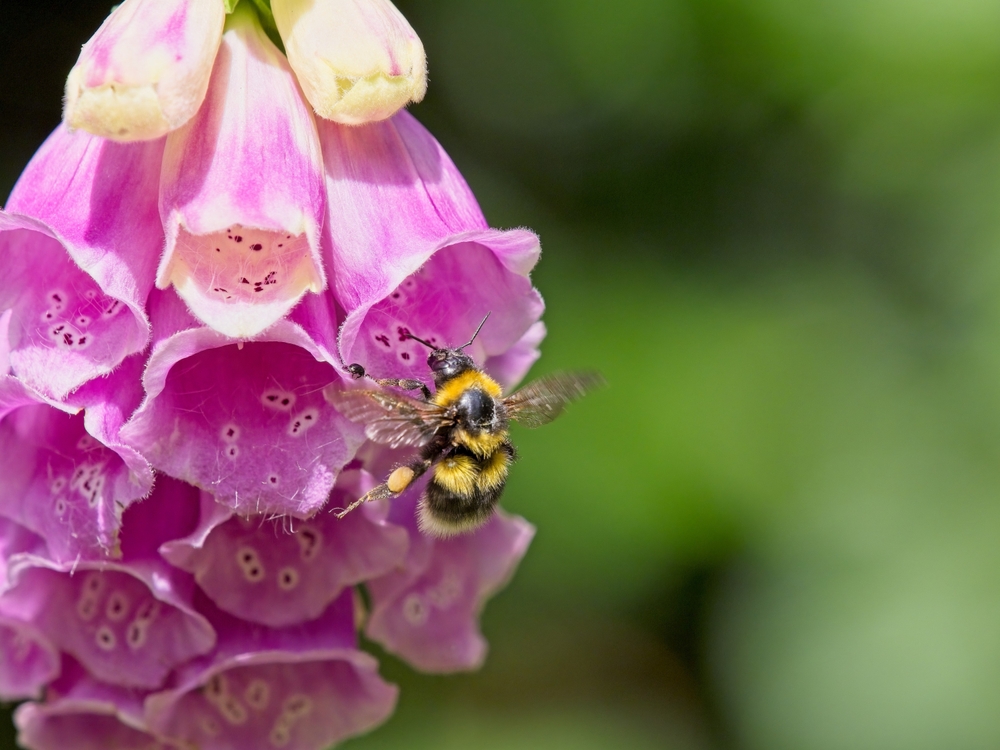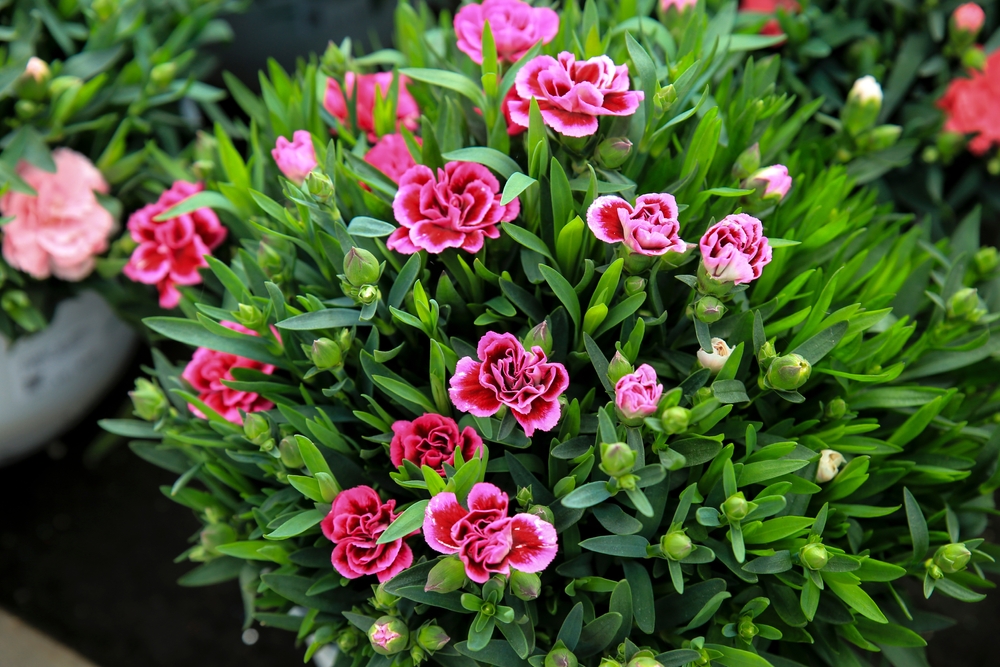Posted by Amber Williams on 18th Jan 2024
What Is a Biennial Plant?

Ever wondered what a biennial plant is? Or what makes them different from perennials or annuals? Don't worry, you're not alone. We're here to break down the confusing gardening jargon to make your dream garden become a reality.
So, what is a biennial plant? Here's what you should know.
What is a biennial plant?
The term 'biennial' is often heard alongside perennials and annuals. But what is a biennial? Biennial plants are classified as such due to their life cycle. Biennial plants have a two year life cycle, producing foliage in their first year, flowers in their second, and dying back at the end of that second year.
This is different from an annual or perennial. Annuals last for just one year, whereas perennials can flower for several years without fault. It's important to know what kind of life cycle your blooms have. For example, if you thought your perennial plant was actually a biennial, you might be disappointed in the lack of flowers in its first year!
Biennials are similar to perennials in that they will reappear after their flowering year. This is because they self-seed, producing more blooms for years to come.
Learn more about annuals in our 'what is an annual plant?' blog.
What plants are biennials?
Many biennials are hiding in plain sight! For example, foxgloves are biennials, but you may have thought they were perennials as they're usually grouped with other perennials like delphiniums. Forget me not's are also biennial, but look almost like an annual as they are more compact, like your typical bedding plant.
Biennials to know and grow
The list of the best biennials for your garden is endless! This includes blooms like foxgloves, forget me nots, and They’re perfect for borders, especially for a varying height display. You can learn more about how to grow a border display with our blog 'How to Design a Successful Border Display'.
You also have dianthus barbatus (Sweet Williams) and arctic poppies (Papaver Nudicaule), which can be sown directly outside from May to July for blooms the next year. Aquilegias are another great choice. Although they’re sown as perennials, they are short-lived and can be made a biennial by sowing the seeds in mid to late summer for blooms the next spring.

